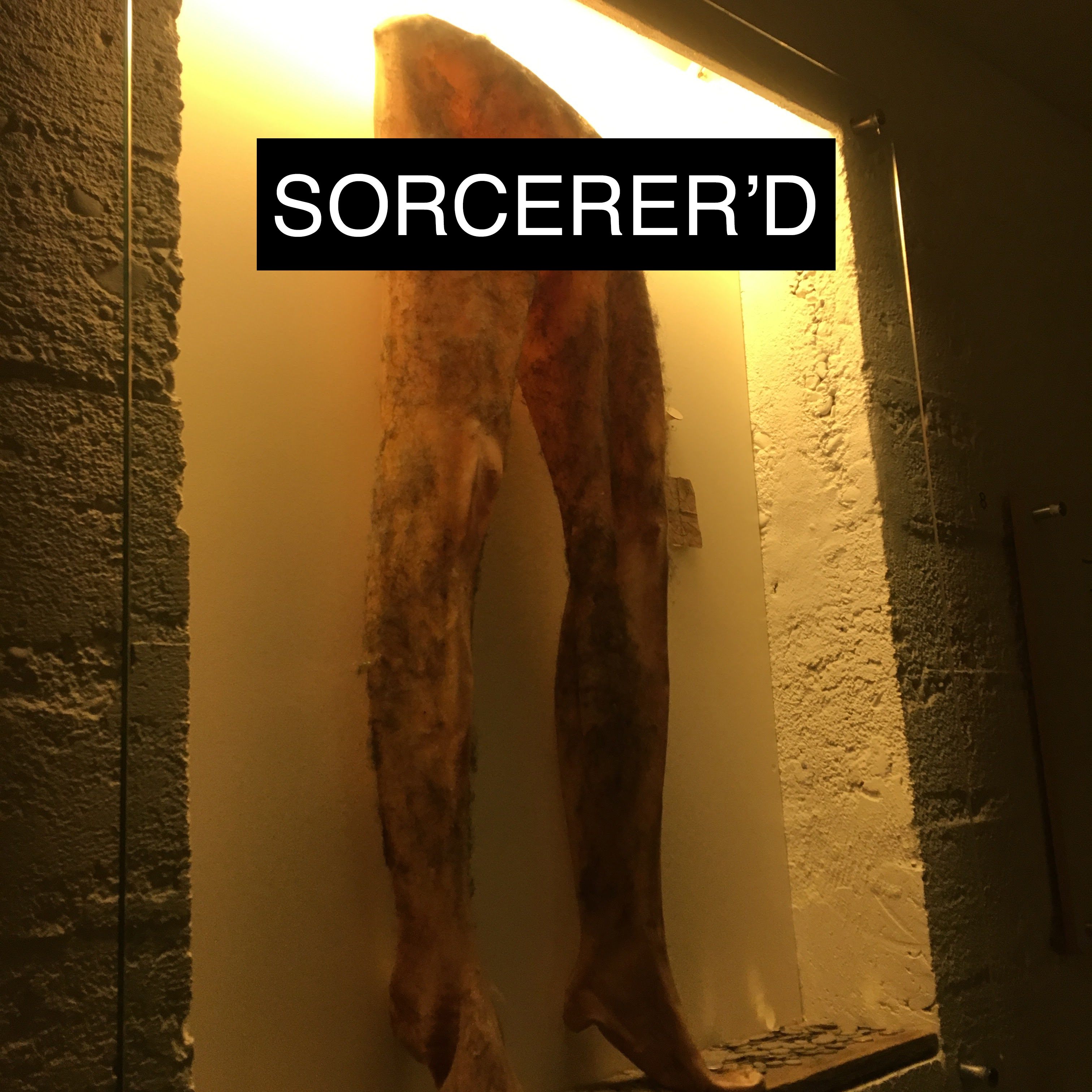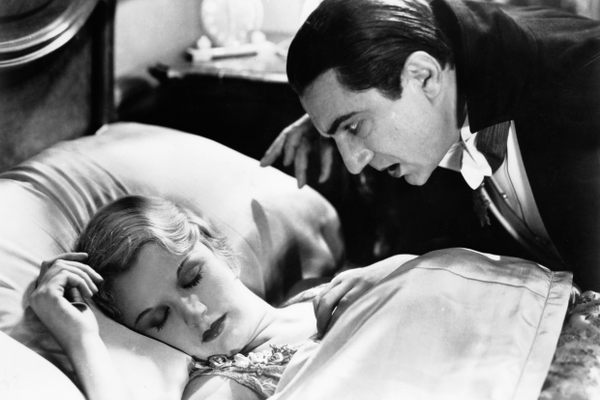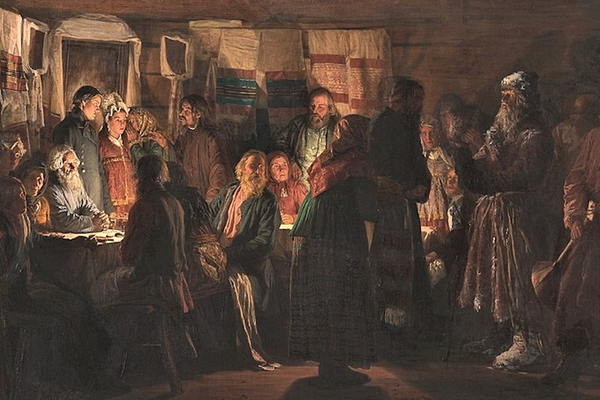Necropants and Other Tales of 17th-Century Icelandic Sorcery
Magic wealth and goat’s milk could be yours—if you could stomach the rituals.

Iceland in the 17th century wasn’t the greatest time or place to be alive. Faced with natural disasters, constant coastal pirate raids, and a crushing class system that left all but the richest citizens living in stone huts, the Icelandic peasants of the time led a hard life. As is often the case in such situations where hope was scarce and education even more so, many of the people turned to witchcraft as a last resort to improve their wretched lives.
Of course, the practice was no more accepted in 17th-century Iceland than it was in colonial Salem, Massachusetts, and a number of accused parties were burnt at the stake. Interestingly the majority of the victims of the Icelandic witch hunt were male, as opposed to the overwhelmingly female victims in other parts of the world. The naturalistic magics of the time generally promised pragmatic outcomes—such as controlling unruly weather—although others had more esoteric, though still useful, effects—such as invisibility.
However, the defining characteristic of much of Icelandic sorcery is the oddly specific and elaborate rituals themselves, which often call for some bodily tithe or gruesome sacrifice. For instance, summoning a vengeful zombie required lots of spit and snot-licking. While many of the more insane workings were likely no more than folklore even in their day, and never actually attempted, they still make for some fascinatingly grim windows into the culture of the era. One of the crazier examples is the spell for summoning a creature called a “tilberi,” a two-headed snake-thing that would help people steal goat milk.

The tilberi was said to be summoned by first stealing a rib from a corpse only recently interred, then wrapping the bone with gray wool (also stolen, preferably from the sheep of a widow). This macabre totem was then to be kept between a woman’s breasts, during which time she must spit out her communion bread or wafer for three Sundays, and feed it to the fetish, which would slowly grow and become alive, until it was suckling the inside of her thigh, where it left a mark like a wart.
Once this gross creature reached maturity it would slink off to a neighbor’s land and suckle their goats’ milk until it was so full, it would roll back to its creator’s home to expel it’s stolen milk.
Ugh.
But possibly even more stomach-churning than the tilberi is the legend of the “nábrók,” or “necropants.” These vile leggings were the main component in a ritual that was said to bring the caster unlimited wealth, although the requirements of the spell were so outlandish that simple back-breaking labor seems like a more attractive alternative.
According to the ritual, to create a pair of necropants, the sorcerer must first make a pact with a friend, stating that once the friend has died of natural causes, the sorcerer has permission to skin them from the waist down. Once the friend is dead, the greedy magician must then wait until the friend has been buried, dig up the body, and then skin the lower half of the corpse without creating any holes or tears, thus creating a pair of gruesome skin pants.

Once the “necropants” have been created, the caster must don the purloined pantaloons against his bare skin. Now the ritual requires that the sorcerer steal a coin from a destitute widow, and place it in the empty scrotum of the pants along with the magical Icelandic stave (symbol), Nábrókarstafur, written on a scrap of parchment. And that’s it!
The pants soon become indistinguishable from the wearer’s body, and so long as the original coin was not removed, the scrotum should continue to miraculously fill with coins for the rest of time.
The only known pair of necropants in the world (in actuality, a frighteningly realistic reproduction, hair and all), are now located in the Museum of Icelandic Sorcery and Witchcraft in Hólmavík, Iceland, alongside models of the tilberi life cycle. The sickly translucent pair of empty legs is standing on a bed of dull coins, which assumedly sprang forth from the desiccated scrotum hanging above.
Harry Potter eat your heart out (unless that is a component of some horrible Icelandic spell).
This article was first published on October 13, 2013, and has been updated and expanded.












Follow us on Twitter to get the latest on the world's hidden wonders.
Like us on Facebook to get the latest on the world's hidden wonders.
Follow us on Twitter Like us on Facebook